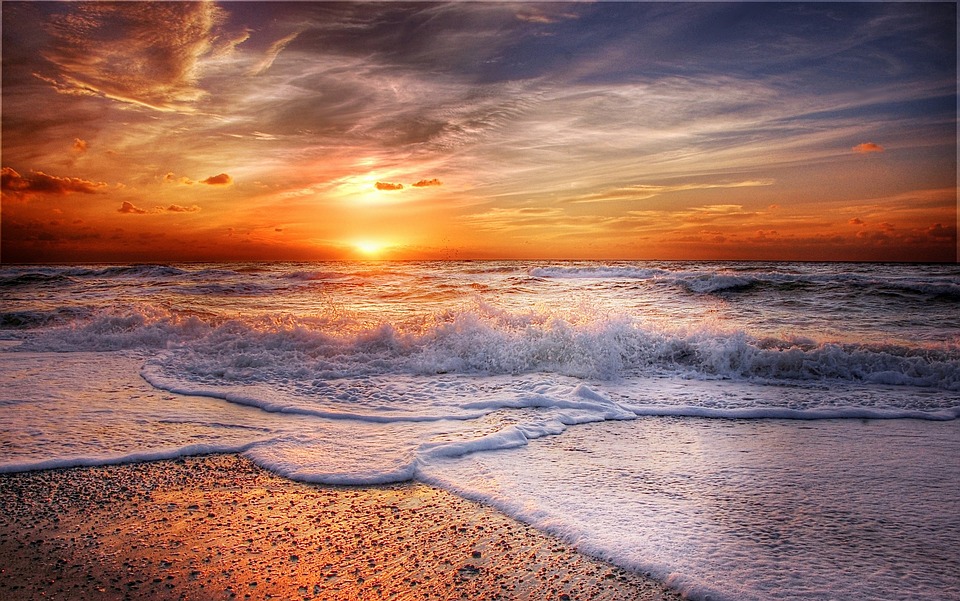Introduction
Located on the southeastern coast of Spain, Cartagena is a city steeped in rich history and vibrant culture. From its ancient ruins to its stunning architecture and lively festivals, there is something for everyone to discover in this captivating city.
1. The Roman Past
Cartagena’s history dates back more than 2,000 years ago when it was established by the Carthaginians. However, it was under Roman rule that the city truly flourished. Today, remnants of its Roman past can still be seen in the form of impressive archaeological sites. The Roman Theatre, built in the 1st century BCE, is a must-visit attraction that showcases the grandeur of Roman architecture. Explore the ancient ruins and imagine yourself transported back to the height of the Roman Empire.
2. The Naval Heritage
Cartagena has a strong naval heritage, owing to its strategic location on the Mediterranean Sea. The city’s port has been a crucial hub for trade and naval activities throughout history. The Naval Museum of Cartagena is a fascinating place to learn about the city’s maritime past. From naval weaponry to model ships, the museum offers a glimpse into the seafaring traditions that have shaped Cartagena’s identity.
3. Modernist Architecture
Cartagena is renowned for its stunning modernist architecture, which adds an artistic touch to its streets. The city boasts an impressive collection of buildings designed by prominent modernist architects, including Victor Beltrí and Tomás Rico. The Casino of Cartagena is a remarkable example of modernist architecture, with its elegant façade and ornate details. Take a leisurely stroll through the city center to admire the intricate designs and unique charm that these buildings bring to Cartagena’s urban landscape.
4. Festivals and Celebrations
Cartagena is a city that knows how to celebrate, and throughout the year, numerous vibrant festivals and events take place. One of the most famous is the Easter Holy Week, which attracts visitors from all over the world. Experience the intense religious processions and immerse yourself in the unique ambiance created by the participants and spectators. During the Cartagineses y Romanos festival, the city transforms into a living history book as locals reenact the Punic Wars. This immersive experience allows visitors to witness the battles and costumes that reflect the ancient Roman era.
5. Culinary Delights
No exploration of Cartagena is complete without trying its delectable culinary offerings. Cartagena’s location near the sea means that seafood dishes are a highlight of the local cuisine. Don’t miss the opportunity to savor the famous Caldero, a traditional rice dish cooked with fresh fish and served with aioli sauce. Other must-try local specialties include tuna empanadas, anchovies from the town of Santoña, and zarangollo, a delicious vegetable-based dish. Pair these culinary delights with a glass of locally produced wine, and you’ll have a dining experience to remember.
FAQs
1. What is the best time to visit Cartagena?
The best time to visit Cartagena is during the spring or autumn months when the weather is pleasant, and the city is not too crowded. The moderate temperatures allow for comfortable exploration of the city’s attractions without the summer heat or winter chill.
2. Are there any beaches in Cartagena?
Yes, Cartagena has several beautiful beaches for visitors to enjoy. Some popular options include Playa de Calblanque, Playa de Levante, and Playa de las Arenas. These beaches offer golden sand, crystal-clear waters, and stunning natural surroundings.
3. Can I visit the Roman Theatre?
Yes, the Roman Theatre in Cartagena is open to the public. Visitors can explore the site and learn about its history through informative displays and guided tours. The theatre often hosts various cultural events, adding to the enchanting atmosphere of the archaeological site.
4. Are there any other notable attractions in Cartagena?
Aside from the Roman Theatre, there are many other notable attractions in Cartagena. Some highlights include the Cartagena Cathedral, the Concepción Castle, and the Augusteum Roman Museum. The city also offers excellent shopping opportunities, with a mix of traditional markets and modern boutiques.
5. How can I reach Cartagena?
Cartagena is well-connected and can be reached by air, train, or bus. The city has an airport, Murcia-San Javier Airport, which is served by domestic and international flights. Alternatively, you can take a train from major cities in Spain or a bus from nearby towns and cities.

